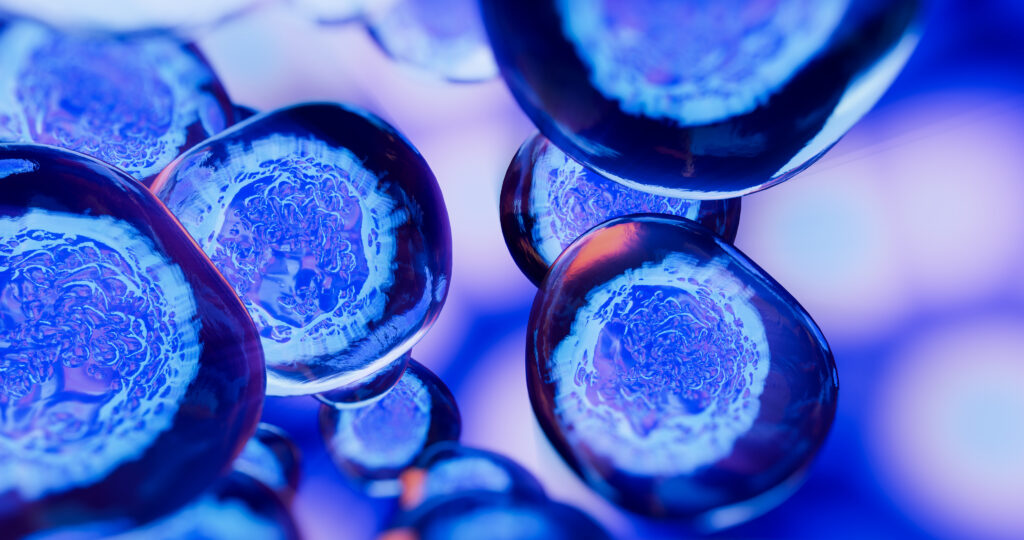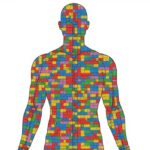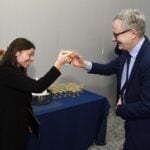Maryland Stem Cell Research Commission Supports New INBT Stem Cell-based Technologies and Treatments

Three researchers at the Institute for NanoBioTechnology are among the 48 scientists from Maryland-based research organizations that received funding from the Maryland Stem Cell Research Commission to support projects that advance stem cell treatments and technologies.
Researchers Sashank Reddy and Xiaobo Mao received awards in the Ciscovery category, which funds innovative ideas to develop novel human stem cell-based technologies and treatments. Luo Gu received an award in the Launch category, which encourages new and new-to-the-field faculty to bring innovative research and technology to regenerative medicine.
Sashank Reddy, associate director of the INBT and professor of plastic and reconstructive surgery, received funding for his project, “Regenerative Cell Therapies for Radiation Injury.” Radiation dermatitis is a common side effect of radiation therapy. About 90% of cancer patients receiving radiation treatment will experience some type of symptom such as peeling skin, blisters, open sores, and more. Some people even develop complications years later. Stem cell-based approaches have shown promise to treat this side effect but have limitations. Additionally, the cells have struggled to survive once they have been transplanted to patients. Reddy’s goal is to unite two technologies – a nanofiber-hydrogel and allogeneic human autologous adipose-derived stem cells, along with their extracellular vesicle derivatives – to create a first in class, off-the-shelf treatment. The ultimate goal is to develop a truly effective stem cell-based therapy for the millions of cancer patients with radiation dermatitis.
Luo Gu, INBT associate researcher and assistant profess or materials science and engineering, received his award for “Tunable Viscoelastic Hydrogels to Enhance the Production and Immunomodulation of Mesenchymal Stem Cell-Derived Extracellular Vesicles.” Mesenchymal stem cells (MSCs) strongly regulate immune cells. MSC derived extracellular vesicles (MSC-EVs) have shown to play a crucial role in MSC’s therapeutic function. The use of MSC-EVs, as an alternative to MSCs, have several advantages, including higher safety profile, lower immunogenicity, and potentially easier to be characterized and regulated as compared to cellular products. Therefore, there is a growing interest to develop MSC-EVs as an alternative therapeutic option. The goal of their project is to develop new technologies to improve MSC-EVs manufacturing and efficacy for therapeutic applications. The team plans to create biomaterials that can induce mechanical cues to MSCs to improve their production of EVs with enhanced immunosuppressive efficacy.
Xiaobo Mao, associate researcher at the INBT and associate professor of Neurology and Johns Hopkins Medicine, received his award for, “Tauopathy Therapy using FGL1 Delivery via Engineering iPS Cell-Derived Exosomes. Neurofibrillary tangles (NFTs), prominent in Alzheimer’s disease (AD), feature aberrant tau aggregates within neurons, contributing to widespread neurodegeneration. Recent breakthroughs revealed neuron-to-neuron tau propagation as a self-perpetuating mechanism in AD pathogenesis. Mao’s research identified lymphocyte-activation gene 3 (Lag3) as a pivotal receptor mediating prion-like α-synuclein fibril transmission and facilitating pathogenic tau spread. They also discovered a potential Lag3 inhibitory ligand with promising tau pathology-blocking capabilities. This ligand, hypothesized as a potent inhibitor of pathogenic tau spread, presents a novel avenue for therapeutic intervention. Their goal is to translate this technology into effective AD therapies and related tauopathies.
Latest Posts
-
 Cellular building blocks may enable new understanding of the body’s “machinery”
December 19, 2025
Cellular building blocks may enable new understanding of the body’s “machinery”
December 19, 2025
-
 Biomedical Engineer Jamie Spangler Receives President’s Frontier Award
December 15, 2025
Biomedical Engineer Jamie Spangler Receives President’s Frontier Award
December 15, 2025
-
 Johns Hopkins Postdoc Named in Forbes `30 Under 30′ List
December 8, 2025
Johns Hopkins Postdoc Named in Forbes `30 Under 30′ List
December 8, 2025


